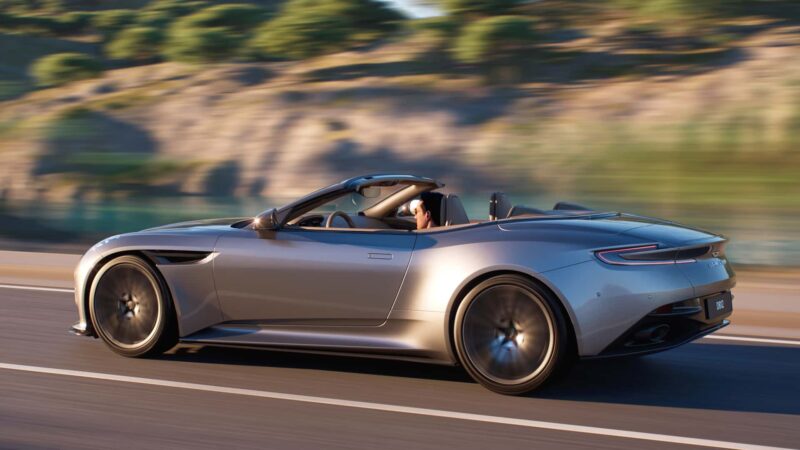Driving a convertible car offers a unique and delightful experience that cannot be matched by any other type of vehicle.
The open roof and the wind playing with your hair will make you feel as if you are running freely on the beach, while in reality, you are actually surrounded by a concrete jungle.
If you are in the market for a convertible, you may need to make a choice between a hard top and a soft top. Both have their own advantages and disadvantages, but which one is a better choice?
Let’s delve into it:
Hard top
As the name suggests, a convertible car with a hard top has a, well, hard roof (usually made up of metal or composite panels) that can be automatically folded into a storage space behind the cabin.
However, there are also hard top cars with roof panels that need to be manually opened. Yes, the driver and passengers need to do everything themselves – get out of the car, unbuckle the roof panels by hand, and store them in a storage compartment. Repeat this process to put it back on.
Although this can be somewhat inconvenient, this type of roof has a number of advantages. Since it is made of the same material as the body, it has a much stronger construction.
This means it provides better protection for passengers against elements such as weather and noise. It is also more difficult to break into and arguably safer in the event of an accident.
On top of that, a hard top also has a more rigid structure, making it more agile and stable on corners.
However, the more robust construction means that the hard top has more components, making it heavier and slower to stow away compared to a soft top.
Not only that, this also means that a hard top is more prone to breakdowns and could cost a lot more to maintain. Another drawback is that some boot capacity needs to be sacrificed because it requires a larger storage space.
Some popular convertible models with a hard top include the Ferrari 296 GTS, Lamborghini Aventador Roadster, Chevrolet Corvette Convertible C8, and Mazda MX-5 RF.
Soft top
Unlike hard tops, a soft top convertible uses fabric and it usually comes in different colours from the body, though options are limited to dull shades such as black, maroon, cream, gray, and beige.
This type of roof has plenty of advantages. In terms of appearance, a soft top car provides class and elegance better than its hard top counterpart.
Due to its less complicated construction, it is also lighter and takes less time to be retracted. The simplicity in its build also means that it will not break down as often, and even if it requires any repairs, the cost will not be as high.
Not only that, a soft top also does not take up as much storage space, meaning you don’t have to worry about the trunk for a weekend trip with this car.
Of course, a soft top also has its downsides. First and foremost, the protection it offers is not as good as a hard top, and the NVH level is also greatly affected.
It is also quicker to succumb to wear and tear and much more vulnerable to thefts and break-ins, as the fabric used can be easily slashed with a knife.
Those who enjoy spirited driving every now and then will also find that the chassis of a soft top convertible is not as rigid as a car with a hard top convertible roof.
Here are some convertible cars that use a soft top: Mazda MX-5, Porsche 718 Boxster, Lexus LC Convertible, Ford Mustang Convertible, and MINI Convertible.
Which one should I pick?
As a buyer, the choice is ultimately in your hands. For this writer, the hard top convertible comes with more versatility as it combines the freedom of a convertible with safety and performance of a regular coupe or sedan.
Meanwhile, the soft top roof seems to be more suitable for those who value classic style and simplicity.
Either way, know that driving a car with an open roof will make every journey unforgettable, even if it’s just a quick grocery run.
